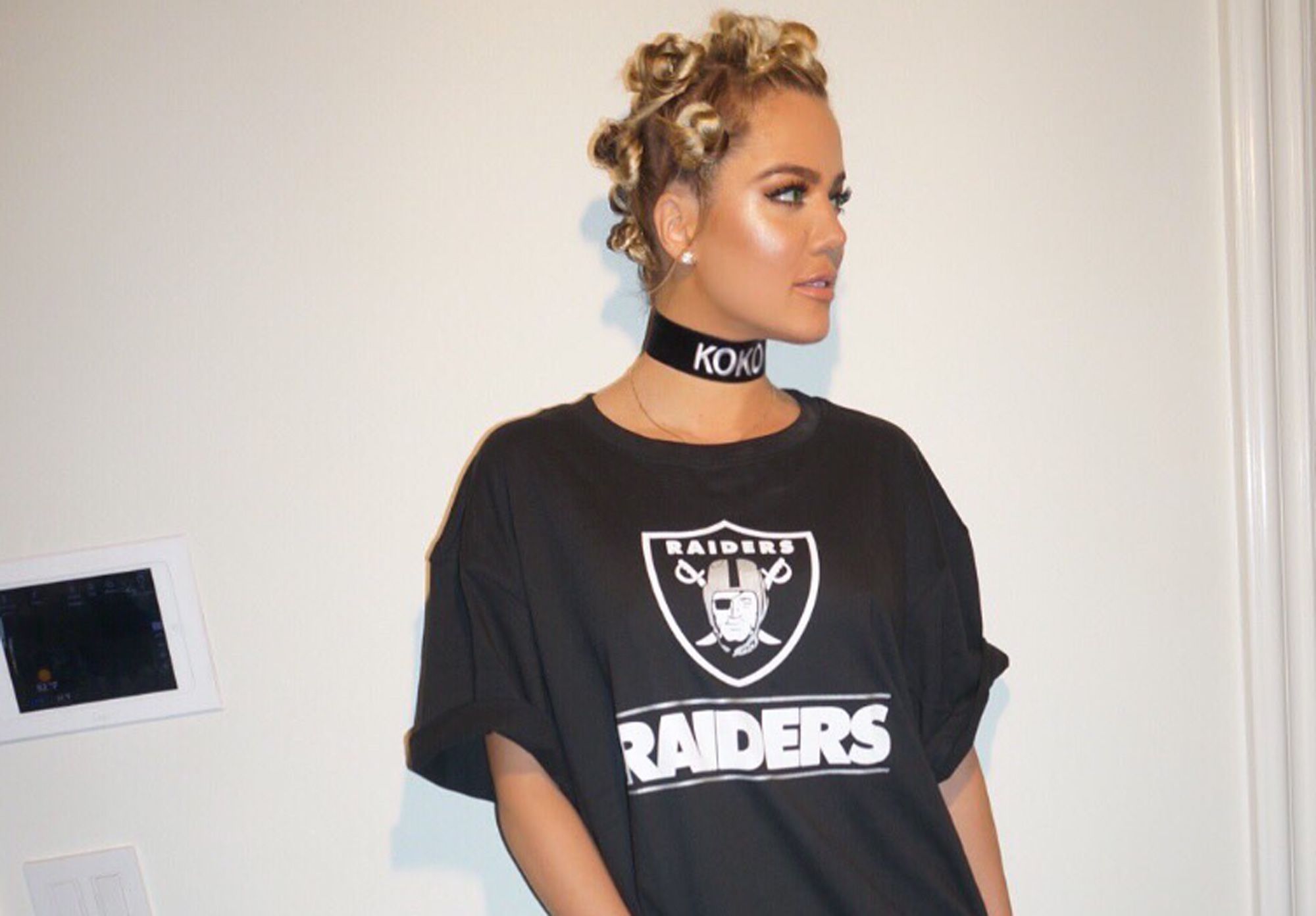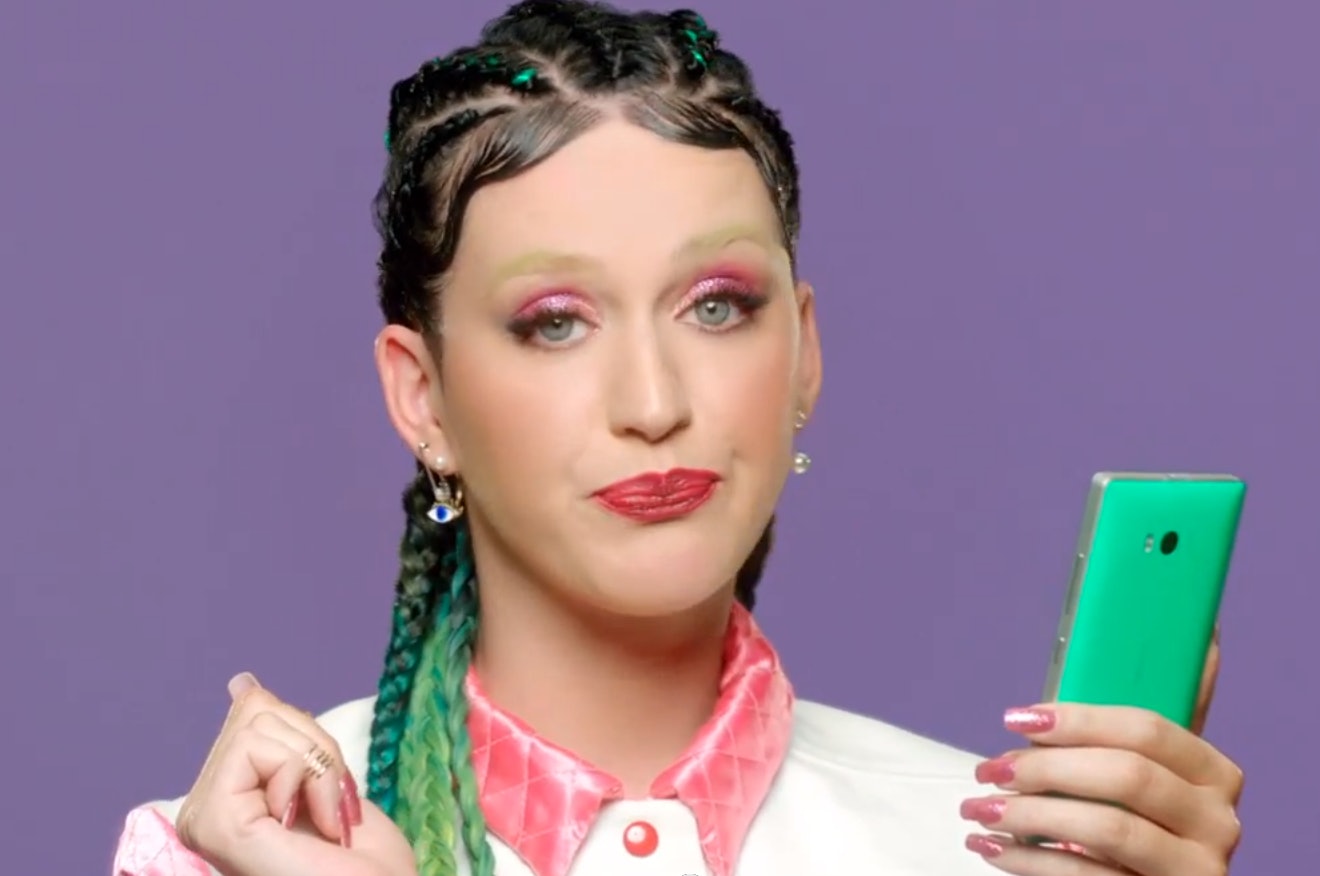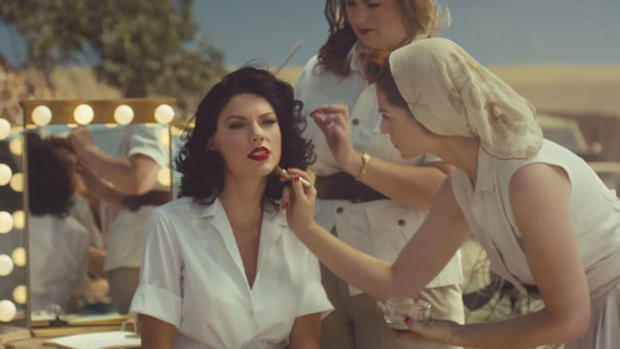This September, model Nikita Dragun faced a lot of backlash for attending New York Fashion Week with braided hair.
Many accused the YouTuber of “cultural appropriation” for wearing a hairstyle that has nothing to do with her race.
The debate over cultural appropriation has been raging on for some years now. So what is cultural appropriation and why is it a bad thing?
Susan Scafidi, a Fordham University law professor and author of “Who Owns Culture? Appropriation and Authenticity in American Law,” defines cultural appropriation as “taking intellectual property, traditional knowledge, cultural expressions, or artifacts from someone else’s culture without permission.”
These can include another culture’s music, language, dress, dance, and symbols, among others. In recent years, the most common way appropriation has been seen is through hairstyles.
The worrying thing is those who take on these black styles and cultures make all attempts to claim them as their own without getting to know their significance or background.
These people even earn all the praises for these styles while the actual owners – black people – are either looked down upon for wearing those same styles.
Dragun is not the only celebrity who has been criticized for appropriating black culture. From cornrows, dreadlocks to dashikis, white celebrities have appropriated black culture and labeled them as “trends” or “fads.”
Here are some of the moments black culture was appropriated and no credit was given:

Photo: Yahoo
Kylie Jenner wears a durag
Even though members of the Black community know Jenner as one who appropriates almost everything – from dreadlocks to cornrows, they were shocked to have found the reality star wearing a durag during New York Fashion Week in September 2016. Others might say Jenner wearing a durag is a trendy borrowing of ’90s hip-hop culture yet black hair accessories like durags have been used as reasons to profile black people – to see them as suspicious beings who are likely to engage in crime.

Photo: Cosmopolitan
Khloe Kardashian wears Bantu knots
Khloe faced a lot of backlash recently when she decided to wear Bantu knots while posting a selfie with the caption “Bantu Babe.” People immediately condemned her for not crediting the hairstyle and she was forced to change the caption. The thing is, predominantly black hairstyles like dreadlocks or Bantu knots are more than just ways to appear cute; they have significant meanings as some of these styles, like cornrows, were used as escape routes during slavery.

Photo: Vibe
Katy Perry with baby hair
Katy Perry offended a lot of black folks in 2014 when she rocked manufactured baby hairs in her “This Is How We Do” video that year. She was seen in baby hairs again in 2015 at a Givenchy show during Paris Fashion Week.

Photo: Mic
Elle U.K. even wrote that baby hair was a “new trend” that was “inspired by Givenchy and Katy Perry.” But the thing is, baby hairs have been a symbol of beauty within the black community since time immemorial. Chili, LeToya Jackson, and Missy Elliott have all rocked this style in the ‘90s. Even before then, black mothers were grabbing a jar of gel or pomade and using a toothbrush to slick down the baby hairs of their little girls.

Photo: The New York Times
Rachel Dolezal
A former branch president of the National Association for the Advancement of Colored People (NAACP) and chair of Spokane’s police ombudsman commission, Dolezal was very popular and respected for her civil rights activism.
But things changed when she was exposed as a white woman who was trying to pass as black. She was accused of committing cultural appropriation and fraud. But Dolezal, who says she identifies as black, insisted she had done nothing wrong.
“I don’t think you can do something wrong with your identity if you’re living in your authenticity, and I am. If I thought it was wrong, I would admit it. That’s easy to do, especially in America. Every politician, they’re like, ‘I’m sorry’ and then they just move on and everybody’s like, ‘Oh, they apologised and it’s all good’. Five minutes later, nobody remembers it,” she was quoted by the Guardian in 2017.
“I’m not going to stoop and apologise and grovel and feel bad about it. I would just be going back to when I was little, and had to be what everybody else told me I should be – to make them happy.”

Photo: CBS News
Taylor Swift music video
Shot in an undisclosed location in Africa with a largely white cast, Taylor Swift’s “Wildest Dreams” video was widely condemned by the black community when it was released in 2015. Critics accused the singer of “portraying an African colonial fantasy” due to the video’s white cast. Lauren Duca, of the Huffington Post, said at the time: “Instead of the cultural appropriation that has become almost status quo in today’s pop music, Swift has opted for the bolder option of actually just embodying the political exploitation of a region and its people.”










